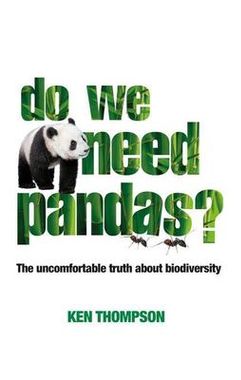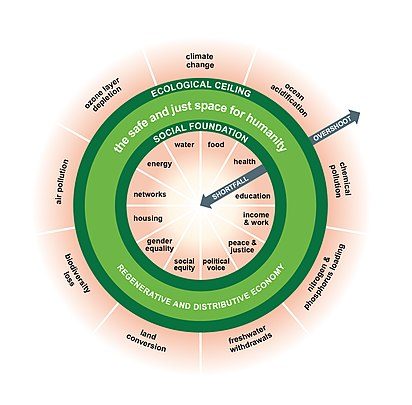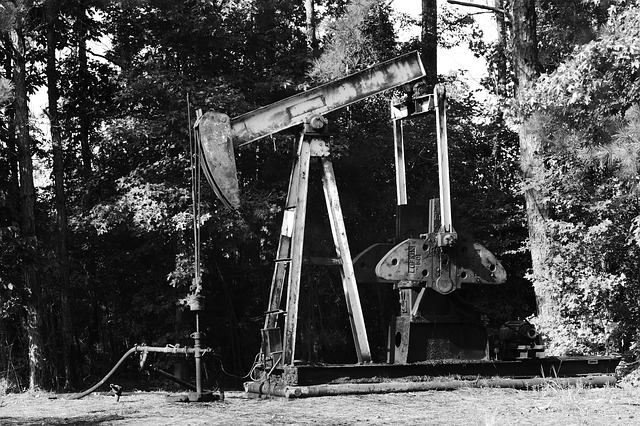
How to describe an industry
Recently I caught myself describing an industry in the old fashioned way. I focussed on the number of people employed in the industry, its contribution to GDP, and, in order to typify the market structure, I tried to find the most up to date information on market shares and company size.
But then it hit me: I was doing what I have always done, whereas we now need a different perspective on industries: a doughnut perspective.









